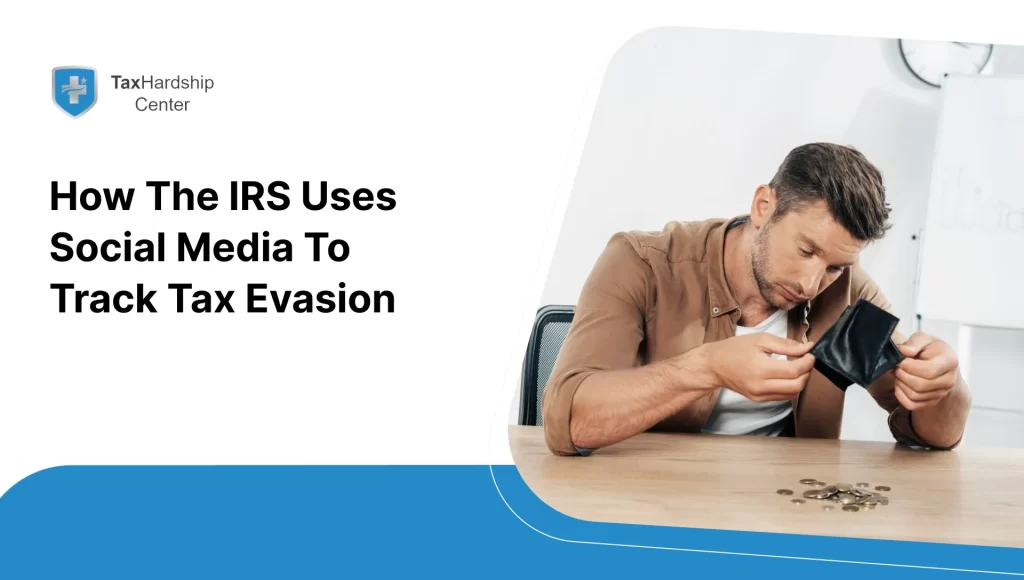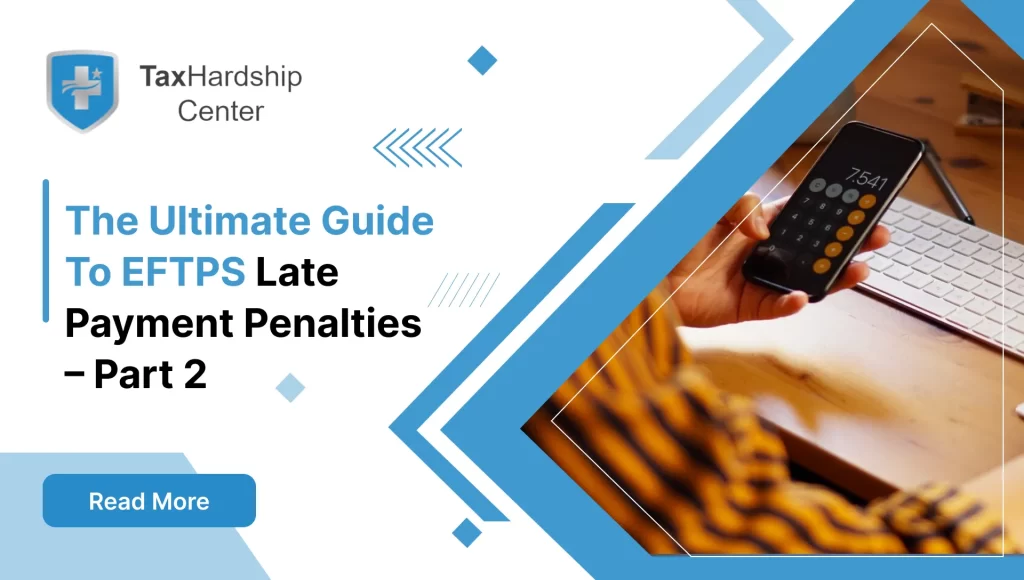The landscape of U.S. taxation is complicated, and it could be terrifying to get into debt with the IRS. Your financial well-being may be put at risk by a sudden tax debt resulting from an unforeseen expenditure, error, or another circumstance. However, there is one ray of hope that can rescue you in terms of that particular problem, and this is the IRS Debt Settlement Program.
This complete guide through the selection criteria for qualification and the numerous advantages involved in the program. Such a move is vital in helping people find a way towards financial freedom and a new chapter in life. The first step in solving your tax concerns might be understanding the IRS Debt Settlement program, which can lay the foundation for financial stability.
Tax Debt Relief Explained
This tax debt is a tremendous weight that weighs down both persons and business firms, thus resulting in psychological pressure and a lack of finances. Gladly, you still have choices that will help you alleviate stress and get your feet back on the ground financially. Relief from tax debt is commonly offered in programs like the IRS Debt Settlement Program, aimed at relieving taxpayers of the burden of unpaid taxes.
Tax Debt Relief mainly involves compromises with tax collectors about paying pending tax debts. However, the precise relief possibilities may depend on such factors as the type of debt, existing law violations, etc. In summary, tax debt relief is a lifeline for individuals and businesses facing the stress of unpaid taxes. Understanding your options and seeking expert guidance can lead to a more manageable and sustainable path toward resolving your tax debt.
Eligibility Criteria for Tax Debt Relief
Outstanding Tax Debt:
For one, you should be indebted to the IRS or any state tax authority at the present moment. Relief programs apply to those who don’t owe any unpaid taxes.
Compliance with Filing Requirements:
You should file your tax returns quickly. Therefore, they show that you have filed the proper tax returns for the period under review. You should make and submit all the unsubmitted returns for relief.
Ability to Pay:
Depending on the relief you choose, you may qualify for it depending on your ability to pay. There are programs where you might be required to give evidence that you can honor the contract terms, like in installation payments, among others.
Proven Financial Hardship:
You may qualify for relief on payment of your tax bill owing to some financial distress. Examples of financial hardship include unemployment, reduced earnings, and excessive healthcare costs.
Timely Application: Relief in an exceptional circumstance is possible upon a convenient application only. You must submit your application within the timeframe to ensure your request is accepted.
Limitations Statute:
It is necessary to consider the statute of limitations for tax debt collection. Usually, this is ten years after the evaluation date. You might not need to seek relief if the statute is about to expire since the obligation will no longer be collectible.
Note that eligibility requirements can differ depending on the individual tax relief program or if it’s provided by the IRS authorities or state governments. Therefore, you need to assess your case and discuss the applicable kind of relief with competent tax experts to ensure that the chosen support works for you and does not involve overpayment.
Navigating the Application Process
The process of applying for tax relief may need to be clarified. However, it is of significant importance towards solving your tax liabilities and getting back to stability. Knowing how to use it is essential for any endeavor that will be fruitful in cases where you are obliged to pay back taxes either to the IRS or even to the State Department of Revenue.
Determine Your Eligibility:
Check if you are qualified for tax debt relief before applying the tax. Ensure you satisfy the unique requirements of the aid package you aim to get. These may involve the amount of unpaid taxes, failure to file, or the inability to pay.
Choose the Right Relief Program:
There are several tax debt relief options available, including installment agreements, offers in compromise, and penalty abatement, among others. Choose a specific option that suits your finances and goals—consulting with tax professionals to give you more clarifications and a better outlook.
Gather Required Documentation:
Documentation requirements vary with each relief program. Collect all required financial statements, tax returns, and other papers that support you can pay. Make sure to be meticulous and orderly in the writing of the documents.
Include a Detailed Explanation:
In addition, you must provide some personal information and present your motive to receive tax debt relief. However, honesty and openness matter, as whatever situation may result from these factors significantly change your scenario.
Submit the Application:
Upon completing them with the correct information and documents, deliver them to the competent income tax office. Make sure you also send it to a valid address, as well as follow the submission rules, which may be described in the application instructions.
Review and Follow-Up:
After submitting your application, you may anticipate a review process and further steps. This might entail the tax authorities reviewing your financial data to see if you meet the requirements for relief. Now, be ready to answer questions or give further supporting documents.
Await the Decision:
The tax authority may need some time to review your application. It’s critical to adhere to any existing tax requirements and make all necessary payments, if any, while you wait for a decision.
Benefits of Settling Your IRS Debt
Paying off your IRS debt is important because of numerous advantages – short-term and long-term. Some of these benefits include the possibility of avoiding legal sanctions which may arise from the IRS. The agency has a mandate that entails taking such measures as levying you through your bank, garnishing your earnings, and putting a lien on your property.
Paying off your debt protects your assets and keeps your finances out of harm’s way from these harsh steps. Unpaid taxes can be a major headache and a continual burden on someone’s finances.
What comes with the fear is coming up with billions of dollars of unpaid back taxes, penalties, and interest. When you pay off a debt, there is that freedom and the concentration shift on your way forward in life as far as your well-being is concerned. Another positive thing about settling your debt to the IRS is that you can cut at least a part or waive the sum altogether. The accumulated penalties and interests charged on unpaid tax debt can make your owed amounts balloon up.
You can settle with the IRS to downsize or fully waive these punitive penalties, significantly reducing your debt. Paying off your debt to the IRS avoids its tax on your property, and levying your assets is what it does.
It protects you because you maintain ownership of your properties and use them the way you want to without fear of seizure. Finally, paying off your IRS debt gives you greater financial freedom and latitude. By opting for this alternative, you get freed from such a burden, allowing your resources to be directed to investment, savings, and other financial ventures.
Insights and Tips
Understanding Your Tax Debt:
One must realize one’s tax debt before exploring the IRS Debt Settlement Program. Add up your entire obligation, inclusive of penalties and interest. The negotiation processes will require this information.
Documentation:
Keep accurate records of finances, such as income, expenditure, and assets. Remember to show your financial situation through proper documentation during the eligibility assessment.
Avoid New Tax Debt:
Ensure you remain paid up on your taxes as you explore debt settlement. The situation may be further worsened when you end up with higher and new tax debt that you also need to pay.
Review and Appeal:
If your first application for debt settlement is disapproved, you can appeal or seek a revision of it. Thus, this could be an essential step towards a good compromise.
Financial Consultation:
You can also reach out to a financial advisor who will aid you in properly taking care of your money before, during, and after the debt negotiation phase.
Conclusion
Such a proposal can aid the IRS in updating some of its programs and guidelines. Keep a keen watch for any change that might alter how you settle debt. Keep on monitoring your finances and keep reassessing if you still qualify for the IRS debt settlement program. Your current circumstances determine your available options and, therefore, may change over time.








